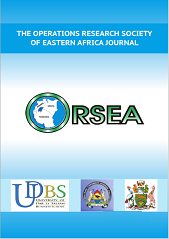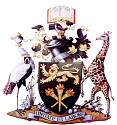Examining The Drivers of Sustained Use of Clean Cooking Technologies in Uganda: A Double Hurdle Model Analysis
Abstract
The paper examines the drivers of the adoption and sustained use of clean cooking technologies in Uganda’s households using a double hurdle model. A multi-stage sampling technique was used for this study. Data was collected using a structured questionnaire and 379 households were selected randomly to take part in the study. The findings reveal that most household characteristics are predictors of both clean cooking technology adoption and its sustained use. Technology-related and behavioral factors were found to be strong determinants of sustained use rather than adoption. The study focused exclusively on the urban districts of Kampala, Mukono, and Wakiso, limiting the generalizability of the results to all households in Uganda. Second, the study employs a static analysis, which does not account for the influence of time on sustained use. This study used a double hurdle model to investigate the factors that affect the sustained use of clean cooking technologies in Uganda’s households. The results from this study can support policymakers in making informed decisions regarding the sustainability of clean cooking technologies.
Keywords: Adoption; sustained use; clean cooking technologies; Socio-economic factors; Technology specific attributes; Perceived welfare benefits; Energy ladder; double hurdle model






